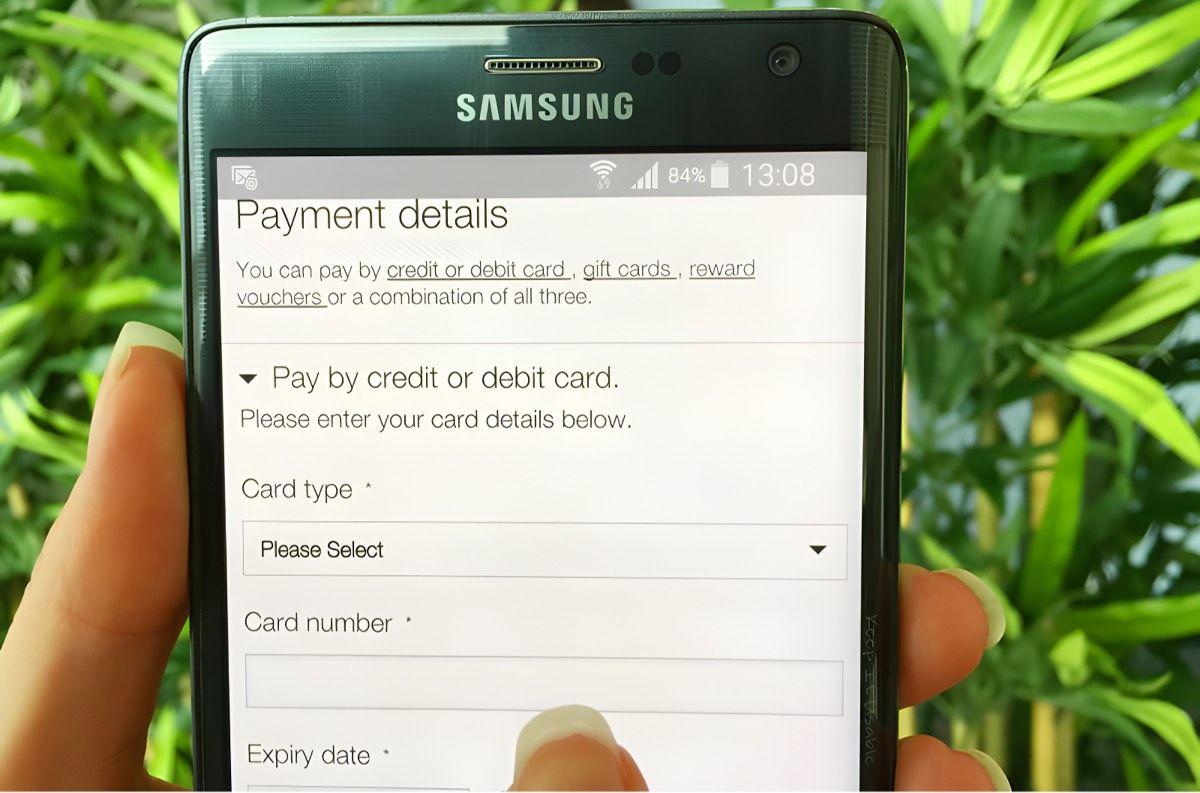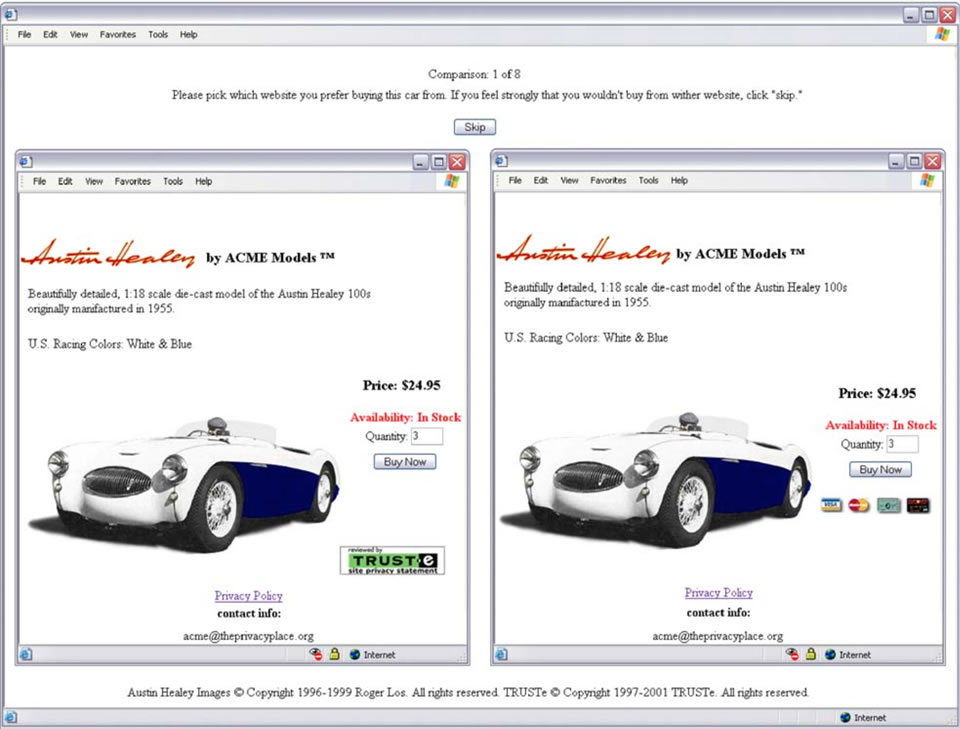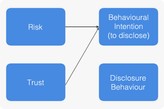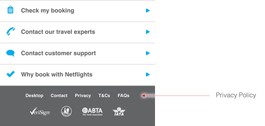The privacy paradox and how you can use it to increase conversion

Introduction
In the era of Web 2.0, privacy is not only one of the liveliest issues in the debate about consumers behaviour and individual rights, but also one of the most difficult one to solve. Companies want more customer data, customers say they dislike this, yet they freely provide personal data.
Nowadays, the border between private and public is becoming more and more blurred; people are used to sharing their pictures, videos, preferences, personal information, and everyday a huge amount of online data is collected, however, they still appear to be seriously concerned about their privacy and claim it to be an important factor in their online decision-making process. To make things even more complicated, concern about privacy doesn’t in fact match actual online behaviour.
The Privacy Paradox
The privacy paradox is the discrepancy between an individuals’ intentions to protect their privacy and how they actually behave in the online marketplace, it’s the relationship between individuals’ intentions to disclose personal information and their actual personal information disclosure behaviours, which are often very different.
According to several privacy-related studies, the online audience can be divided into three big categories:
1. Privacy fundamentalists: very privacy-oriented and concerned
2. Privacy unconcerned: not at all privacy-oriented
3. Privacy pragmatists: in-between the other two categories
In general, consumers appear to be much more sensitive about the use of their medical, financial, and family information than they are about their product, brand consumption or their media usage behaviour. Why is this? Because things like their medical, financial and family information, when disclosed, can cause potential embarrassment and security problems. People also fear loss of control of this type of information.
Conceptual Model of Disclosure
The conceptual model of disclosure is a theory that states the consumer’s behaviour is influenced by both their perceived risk of disclosing their information and the trust they have with the company.
Privacy Paradox Model
In reality, the consumer’s actual behaviour is more highly influenced by trust. This is why people disclose information even when they say they’re really concerned about their privacy.

One of the problems is that people have a tendency to over-report their understanding of privacy issues and their willingness to act in order to protect them. There’s a disjoint between users attitudes and opinions and their actual behaviours and experiences online.
This was tested in an “e-commerce experiment” to understand how privacy indicators affect the users decision-making process.

They observed that consumers tend to disclose personal information more easily than they claim to do. What the research highlights is that users self-reported experiences don’t match with their actual online behaviour. What clearly emerged is the importance of “trust-marks” in the interaction between users and digital interfaces.
Trust-marks → factors which may not say anything about the site’s privacy practices, but which are interpreted as such by users.
Users appear to live a “double bind” relationship in dealing with privacy issues on digital interfaces, and this is affecting their decision-making process in purchasing online. The Double Bind theory (Bateson G. 1950) in psychology is defined as a conflicting communication dilemma in which the message doesn’t match with the observed behavior; that causes an emotionally distorted and frustrated reaction in the individual.
Tips to improve trust, acquire more data and lessen abandonment
Here follows some tips that could help interfaces designers in dealing with the paradox, avoiding frustration and consequent abandon in purchasing online.
Visible link to a privacy policy
It has a major effect on purchasing behavior, even though, according to the study, only a quarter of the policies were consulted. In most cases, users had more confidence in a site simply because it had a policy (the impact a policy has is of course more powerful when it is read, but it is not negligible when it is not). Policies are important, not just because of what they say, but because they are there.
Credit card icons
Even if it does not in fact imply any promise of fraud prevention or privacy protection, consumers find these icons reassuring.
Show a contact phone number
Preference for phone information over mailing or email information. Consumers feel reassured to see a phone number to contact the company if any problems occur during the transaction.
Development of policy simplifications and standardised indicators
Implement standardized, simple visual indicators for the risks users are exposed to.
It is interesting to note the strong effect policies have despite the fact that users rarely read them. Just having a link to a policy makes a difference. This indicates that in many cases it is the presence of a policy that has a positive effect on users, not its content. Users are looking for “trustworthiness”, not based only on fact but rather on appearance and first impression.
Share this post:


